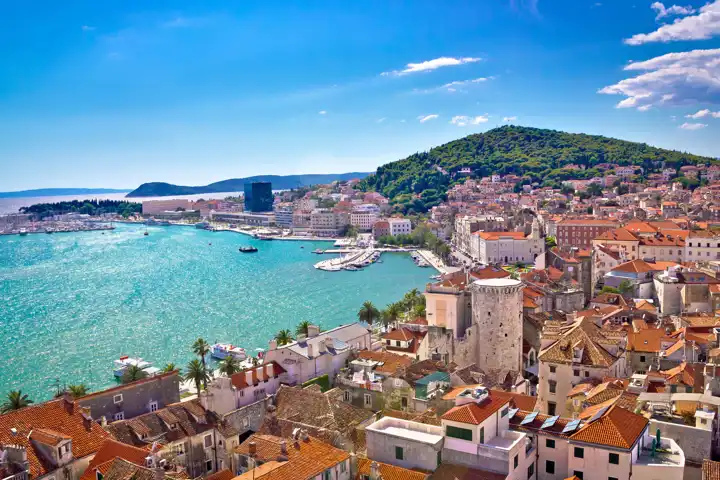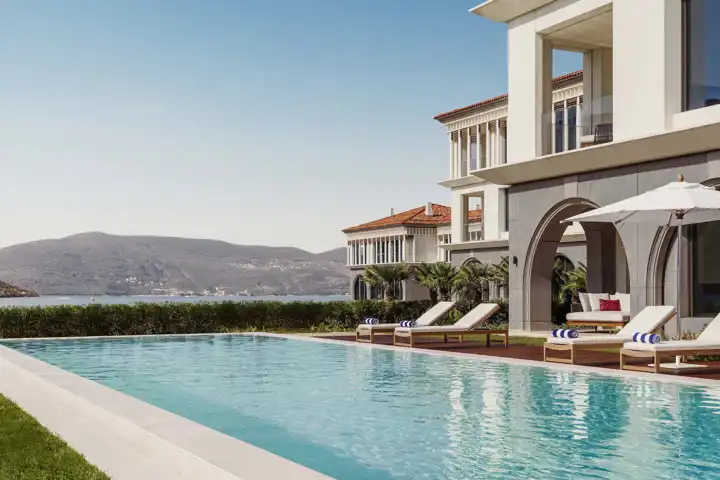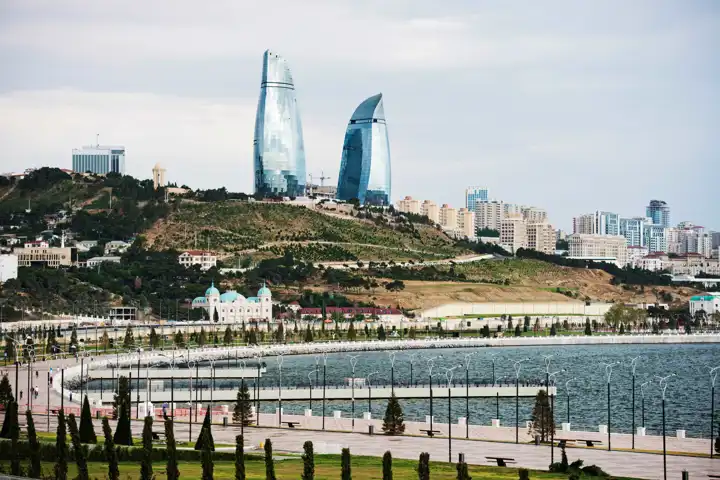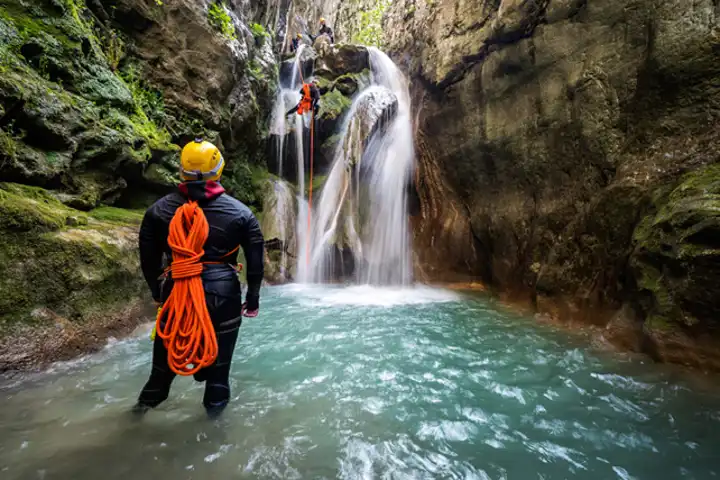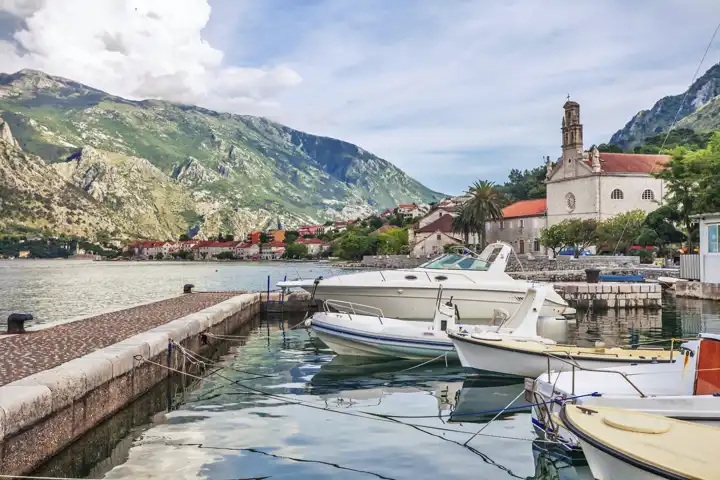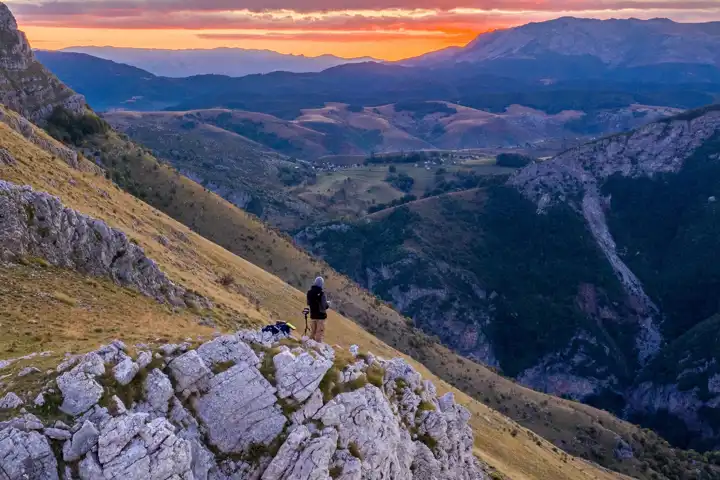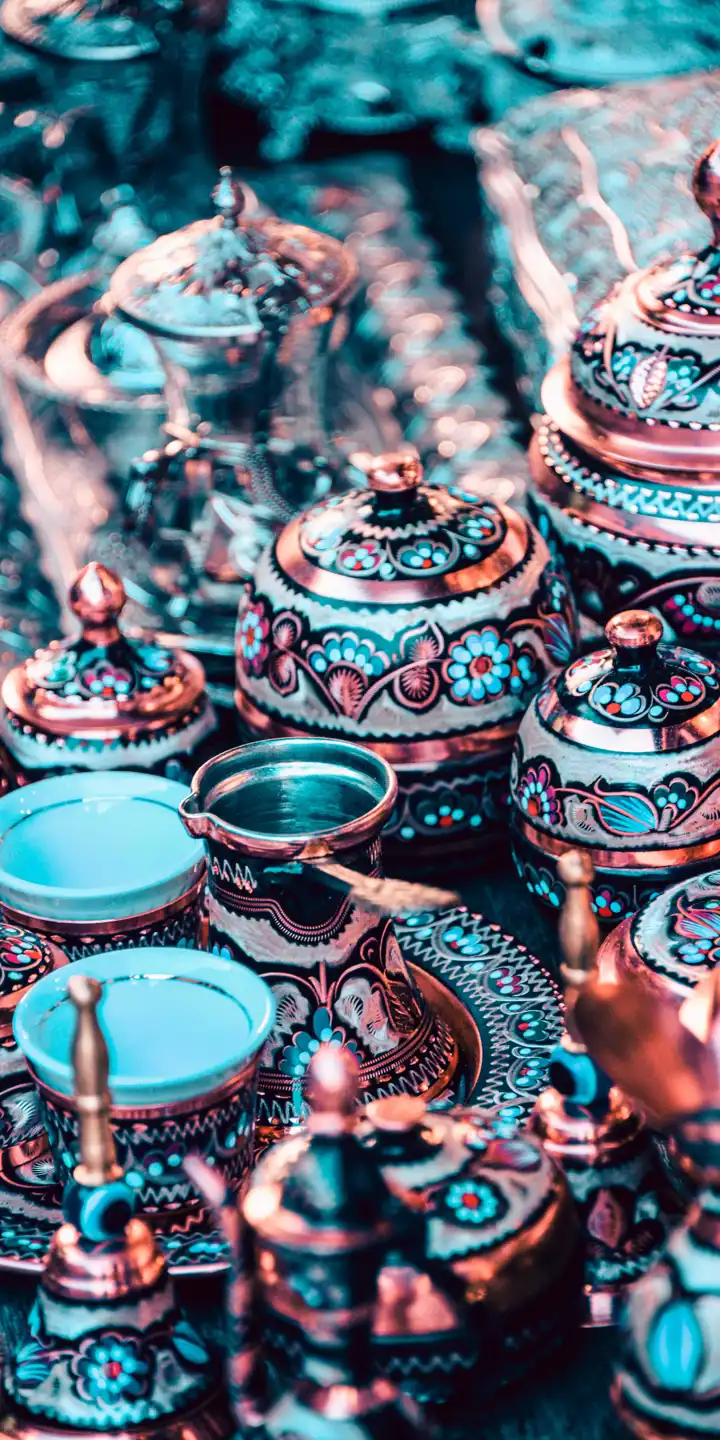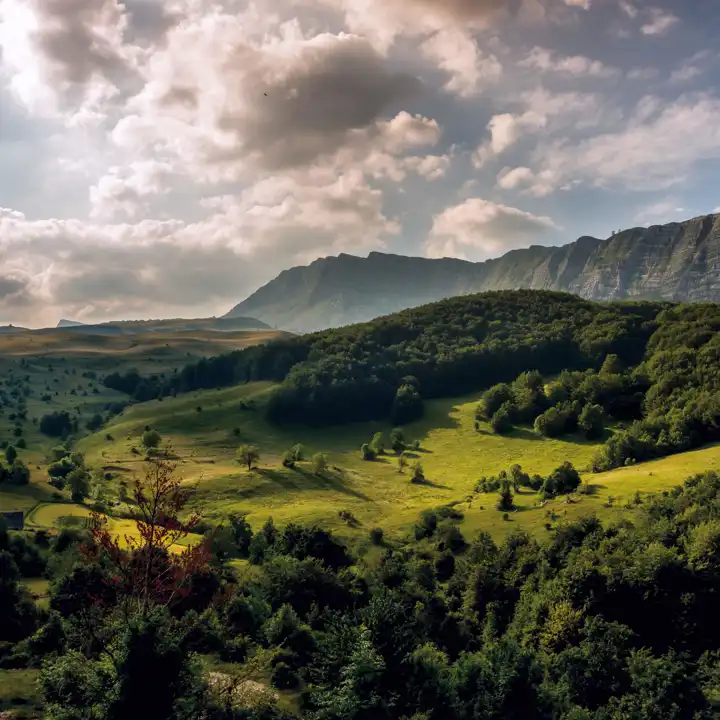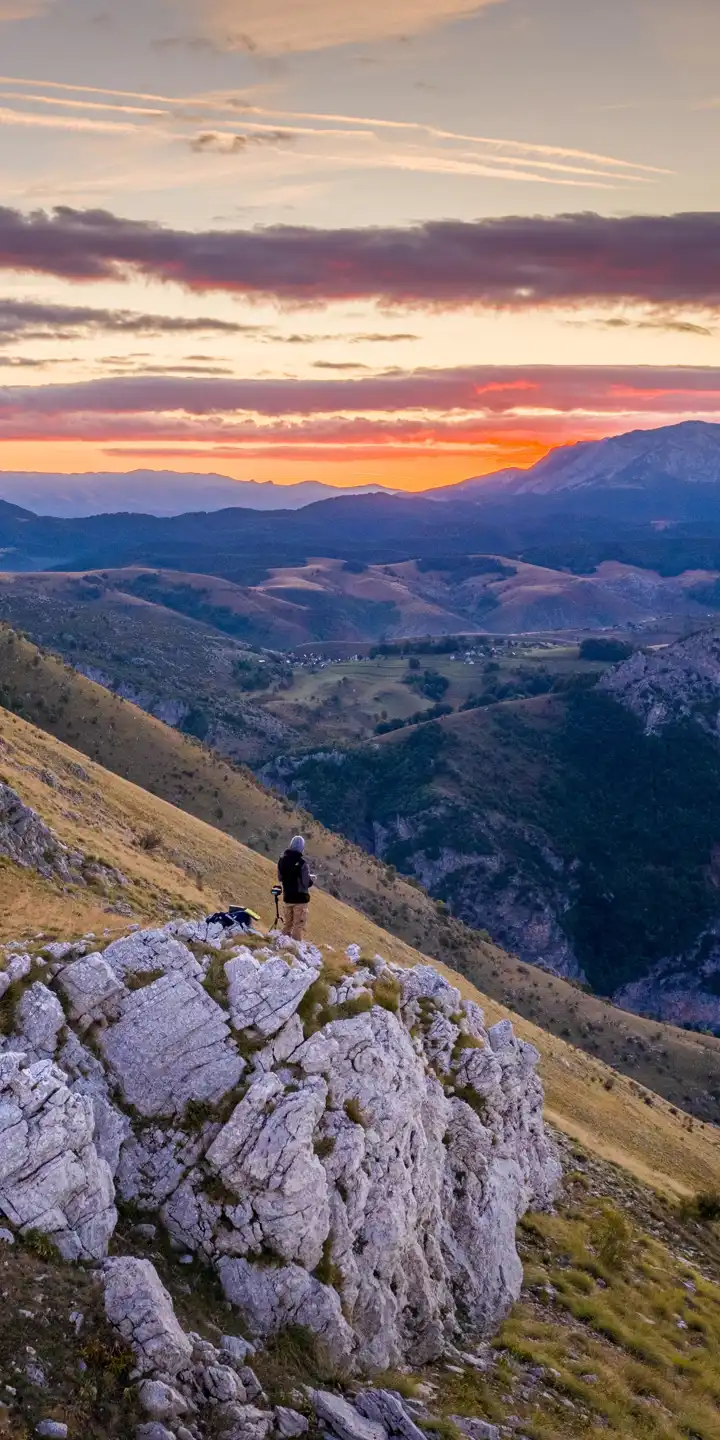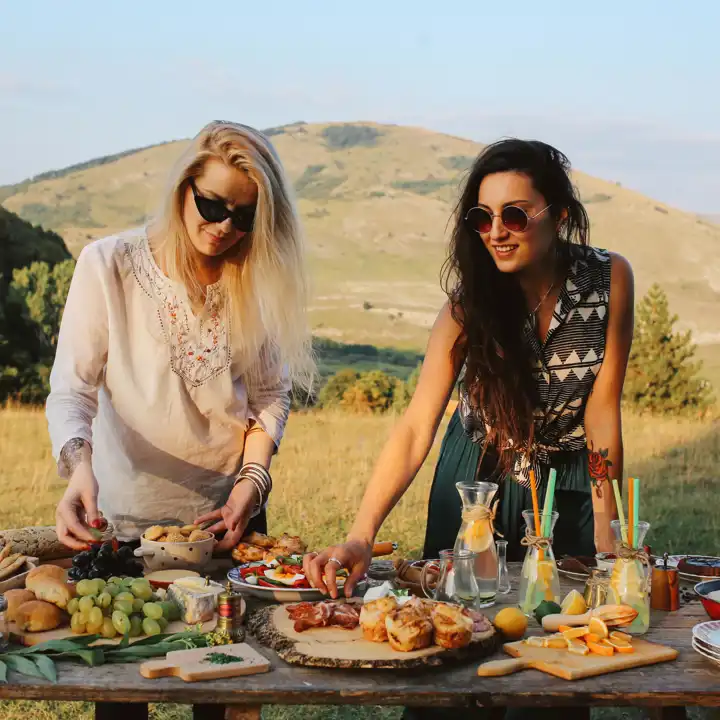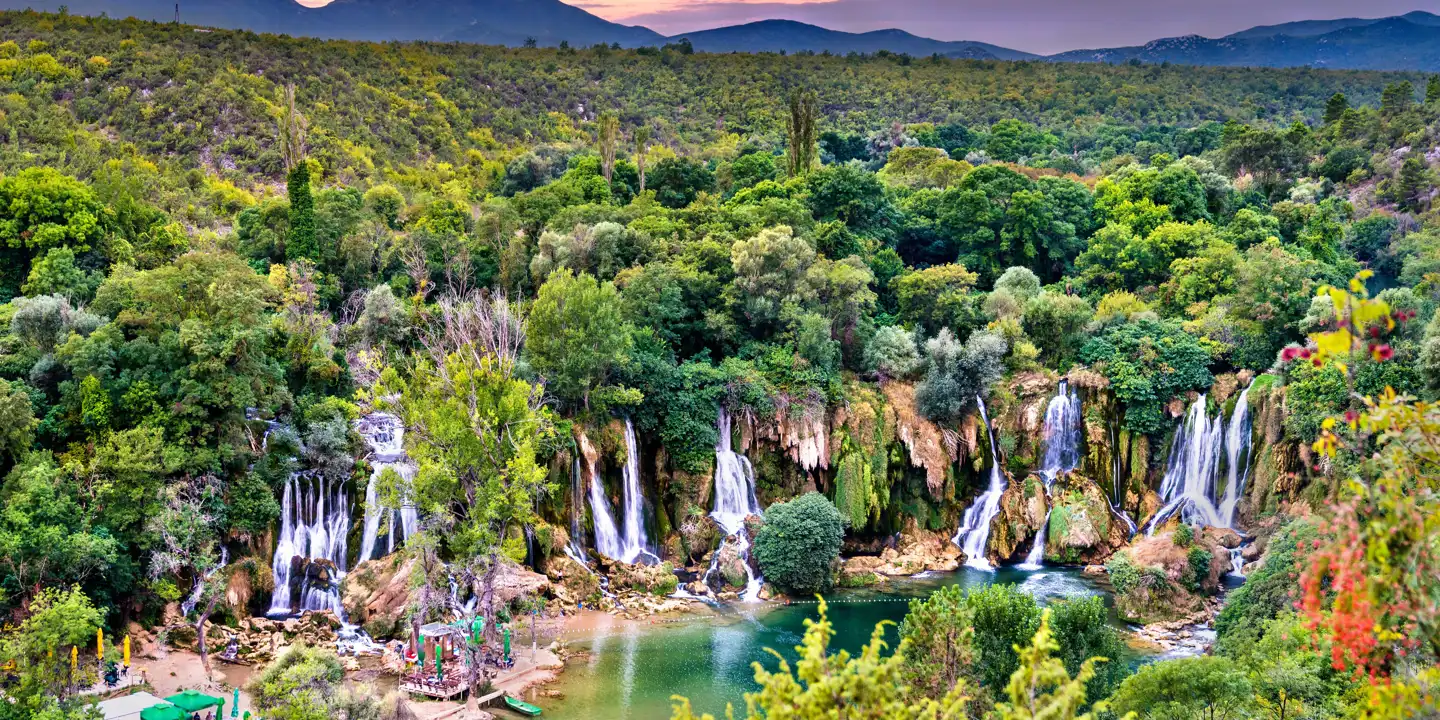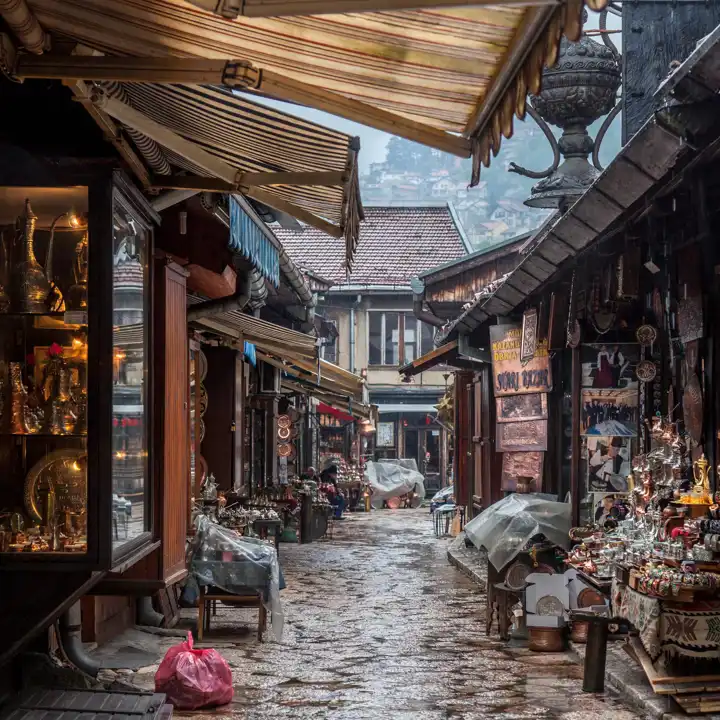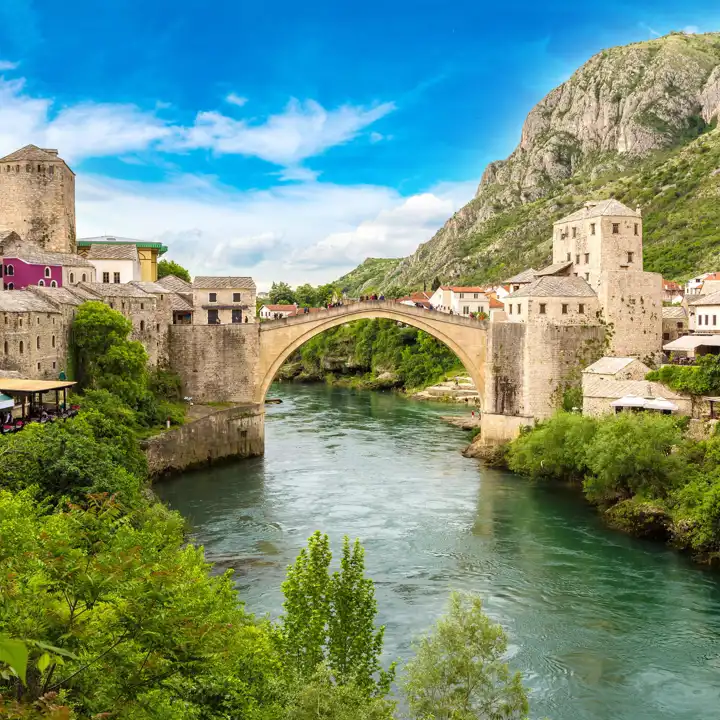Bosnia and Herzegovina
A Beautiful Landscape Punctuated by Dramatic Mountains and Medieval Castles
Bosnia and Herzegovina
A blend of Ottoman and Austro-Hungarian histories meet in Bosnia and Herzegovina. A visit to this fascinating country will have travelers spanning cultures from both east and west.
The architecture throughout Bosnia and Herzegovina is an interplay of Ottoman and Central European styles. The town of Travnik has two old clock towers, colored mosques, and a fortress. In Sarajevo, walk through the Vratnik Citadel, built in 1720s. It once enclosed a whole area of the city; from here you’ll enjoy stunning views of the city.
Sit in an outdoor cafe to watch the life in the capital city go by. The center of town has remnants from the Ottoman era set within a valley of red roofed homes and minarets, surrounded by mountains. Here you will see people of all faiths and their places of worship side by side, from synagogues to churches and green copper-domed mosques. Browse through one of the bazaars set in narrow alleys. Hand-hammered copper goods, delicate lace, carpets, and jewelry are all created by local artisans.
Cross the old bridge in Mostar, a charming cobblestone city surrounded by mountains with bubbling streams. The bridge was originally built by the Ottomans in the 16th century, destroyed in 1993, and reconstructed after.
Take a wine tour in Herzegovina to taste the best in both whites and reds. Wineries dot the countryside, beckoning visitors to come take a sip. Coffee is also a popular choice, served in a long neck copper pot and drank from thimble size cups. Sugar cubes add sweetness to its bitterness and it is often accompanied by Turkish delight.
Dramatic mountains and medieval castles punctuate this beautiful landscape. The countryside here is rich with natural wonders. Ski down the slopes that hosted the 1984 Sarajevo Winter Olympics, or hike through the forests around the mountain villages. Raft through rivers and walk through quaint towns and valleys framed by waterfalls.
Bosnia also has a thin sliver of the Adriatic coast in the resort town of Neum, an enclave of orange rooftops and green hills that slope down to its pretty beaches.
Bosnia and Herzegovina offers a tranquil visit with history, natural beauty, and charming people welcoming travelers to learn more about their homeland. Contact a Ker & Downey luxury travel consultant to begin planning your journey to Bosnia and Herzegovina today.

